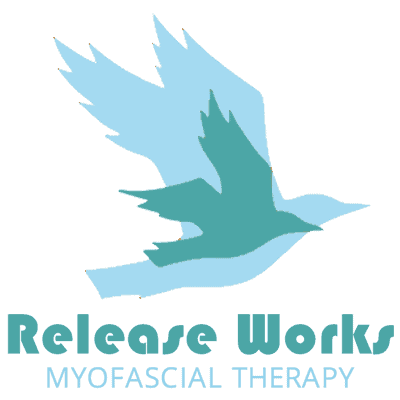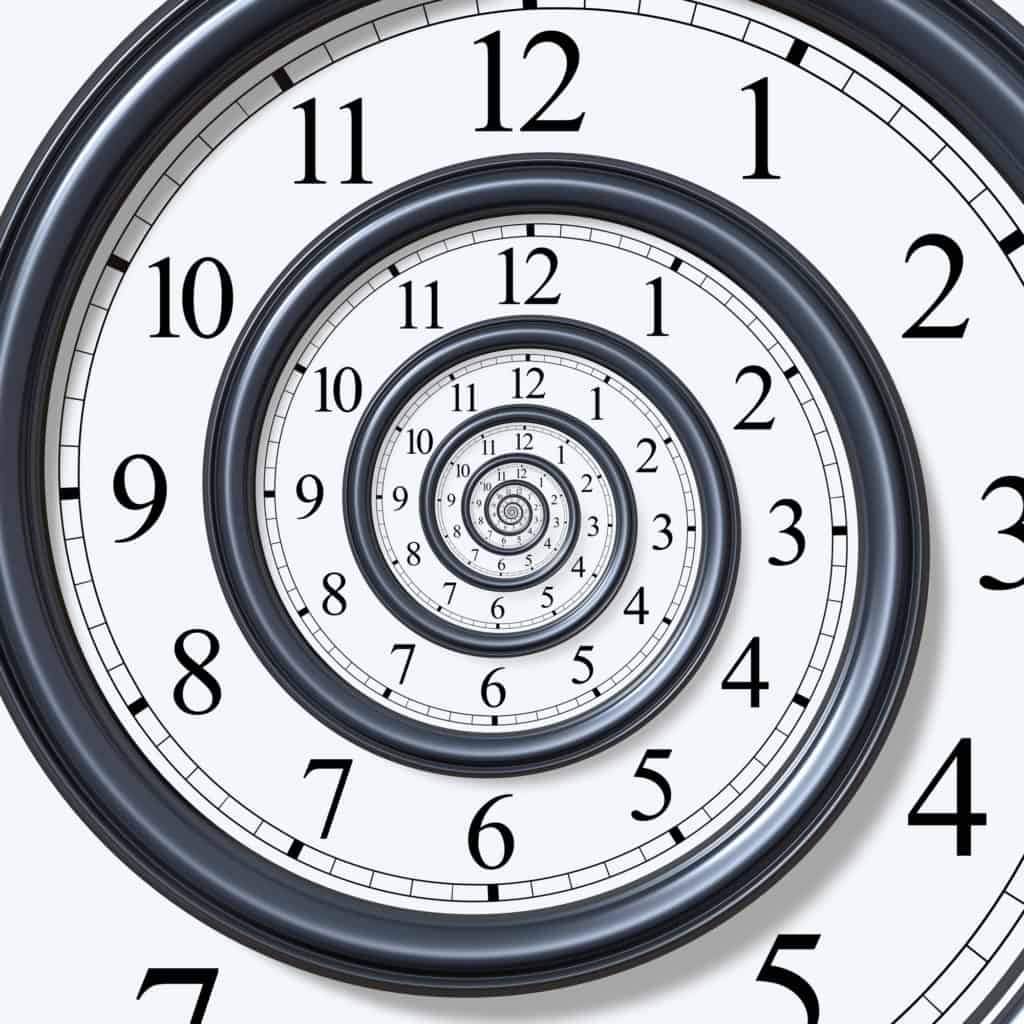Ah, your typical list of benefits, right?
Don’t these all end up looking the same?
Actually, we think there’s a big difference. Myofascial Release is very different.
We all came to these conclusions through our own experiences, and these experiences have shown us that too many people are being told they just have to “live with the pain.”
We’ve seen in many cases that just isn’t so. And you don’t need to mask the pain with drugs, either.
There is a massive difference between surgery, drugs, and continually “coping” with the issues and actually solving them. The journey with Myofascial Release is different, but so are the benefits, without harmful or negative side-effects.
What Can Myofascial Release Therapy Bring As A Benefit?

● More energy
● Feel better, even good, overall
● Pains resolved versus covered up
● Increased and improved body awareness and more ability to respond to life
● Greater health and resilience
● Improved nerve and nervous system function
● Improved intestinal and organ function
● A longer, fuller life
● More confidence
● Lose that fear that you’ll need the joint replacement or other surgery – trust in your body again
● More relaxation
● Back to the stuff you love, not numbed out on pain pills, hobbling around on walkers
● Decreased medication – you don’t need it as much (or at all)
● Enjoy kids/grandkids more
● Enjoy work more
● Your “thing” that you always have to deal with, is no longer a “thing”
● You forget that you used to feel “like that” every day
● Life is just plain better, and more fun.
What Are Typical Outcomes Versus Other Options?

Now, this is a really good question because one of the things that trips people up is when they think they are comparing “apples to apples.”
The outcomes you get with surgery, meds, or injections just don’t hold a candle to what’s possible when you work with us.
And I know that’s a bold statement.
But even surgeons admit that surgery isn’t that great. Doctors pretty much expect you to give up on your favorite activities as you get weaker and stiffer, relying on walkers and wheelchairs, as you take an average of seven drugs.
They’ll list a whole host of problems that are “normal” even at ages 40 and 50. Those problems might be common, but that doesn’t mean they have to be.
Why do we get better results for people? Because we’re dealing with an overlooked system of the body, one that is fundamentally at the root of the common problems society accepts as “normal.”
What we’ve seen, again and again, is that what passes as “good health” in our society is actually pretty sad. We work with the people who want better than that.
Why Would You Choose Us Versus Traditional Care?

(Traditional care meaning doctors, hospitals, pharmaceuticals, surgery, physical therapy, etc.)
● People tell us our approach instinctively feels good, and is what their body needs. ● Our treatments work with your body, not against it (You can’t force your body to heal…) ● We provide better results – not just a little better, there’s a world of difference ● We treat the cause, not mask the symptoms
● Health care vs sick care – Traditional care just plain expects breakdown and pain. The standard of “perfectly healthy” is already largely dysfunctional. Our experience has shown that people can feel much better than they currently are. We look to find greater levels of health, feeling good, and enjoyable activity for people. (And we do find them…)
● You don’t like pills – which only cope with the problem anyway – or their side effects ● You don’t like surgery, its risks of complications and failures, or its recovery time ● Physical therapy (massage, chiropractic, acupuncture, etc.) didn’t work ● Other therapies are too painful, and the results don’t last
● Because as long as you’re still breathing, we will never tell you it’s “too late” to feel better
Why Don’t Doctors Recommend Us?
Actually, they’re starting to! Awareness of Myofascial Release is on the up.
There are a handful of doctors who have recommended us, and I believe that number will grow over the next decade or two. But for the moment, there is just plain oversight in traditional medical schooling. The understanding of science changes slowly sometimes.
Typical Costs Versus Other “Options”

It ranges—a lot. And everyone is different in how quickly they respond, how complex their painful situation is, and what they spend getting out of it. So can we talk more about how to take a step forward in finding a solution that really works for you? You are never locked in and will benefit each step of the way. You will choose if you want to take the next step—each time.
But you still are interested in costs, so let’s take a look.
First, let’s ask, how much is too much? What is your health worth to you, meaning, the ability to keep active, feel good, and do the things you enjoy?
I spoke with a gentleman who told me about his likely loss of walking (his knees were going out).
He loved to fish and told me about how he’d picked out a “jazzy” that his boys were going to help him buy. It was an all-terrain beast, with an auto-balance tilting chair that would allow him to continue making it to the good fishing spots up in the mountains.
He even had the color picked out.
The price tag? $20,000. This man was understandably ready to pay $20k to buy a jazzy so he could get around and continue doing something he loved to spend his time doing. What I wondered was, was he willing to spend $20k to not need the jazzy?
And isn’t that the decision in front of each of us? Why is it so much easier to contemplate buying a device than it is to spend directly on our health? Maybe it’s just the confidence in the result… It’s easy to see the device, but a lot harder to see the path to actual health.
Second, how much does it cost to do nothing? I think you already know, don’t you, where you’re headed if you do nothing? What’s the cost of that?
Third, do you really like the options you’re being presented with? Surgery? Fusions? Injections? Drugs? “Managing” the pain? Heading for inactivity? What are the costs of those options? And let’s not just talk money; insurance might make them practically “free” after all. What about in quality of life and missed experiences?
So, given that context and those considerations, now I can talk about the potential costs of working with us for actual health, meaning feeling good with a return to pain-free activity, and being less likely to shut down early. I mean, being the one that everyone else looks at and wonders how come you’re so lucky.
Will it be hundreds? Absolutely. One or two thousand? Probably. Four, five, or six thousand? Maybe. More? Sometimes.
Don’t let that scare you. Remember what I said earlier. You choose whether or not, when, and how quickly to take each step, and you will benefit from each step. And again, how much is too much for your health?
Would you spend $20k to not need the jazzy?
It’s really about the confidence you have in the outcome, isn’t it? Can we talk about helping you gain that confidence?
How Long Before I Can Tell It’s Working?

This is a really good question, because I think any of us will be fine with the process if we can tell it’s working, especially when other “solutions” haven’t worked so well, right?
Well, most people can tell they are benefiting pretty quickly, often in the first one or two treatments. Sometimes it takes longer, maybe ten treatments. Occasionally it takes somewhere closer to 20 treatments before you can see real improvement. It depends on how troubled your body is.
It also makes a big difference if you can allow that problems anywhere in your body are influencing the pain or symptom that you hope to heal.
Other areas might not hurt but are big contributors to the trouble you’ve been having. If you can notice the improvements happening in the rest of your body, it will be easier to see that you are indeed benefiting.
How Committed Do I Have To Be?

Hey, look, we’d love it if everyone was ready to dive in right off the bat, but we know it doesn’t work like that. You need a chance to try things out and see if it feels good and is getting you what you want.
That being said, sometimes it’s easier to see how your body is improving than other times.
It helps to give it some time and be willing to see changes where you weren’t expecting them. How much time? Depends on how complex your issue and how deeply ingrained your patterns of coping and compensating are. But if you look, and are willing to see the small changes that will add up, you will notice you are getting better, in ways that drugs and surgeries can never promise. Most people can see this in one or two sessions; some people take longer to see it. There can be frustration until then, but once they see it… they all get excited. You will too.
In Summary
Anyway, like I said at the beginning, I know it’s a different approach, and it takes a bit to think through.
To repeat, there is a reason people are choosing us instead of the standard care. And they are very happy they have.
I can’t count the number of times people have wondered aloud to me, “Why don’t other people try this?” I guess it just takes time for the idea to spread.
Like the sound of this therapy and its benefits? You can book a free Discovery visit here.

